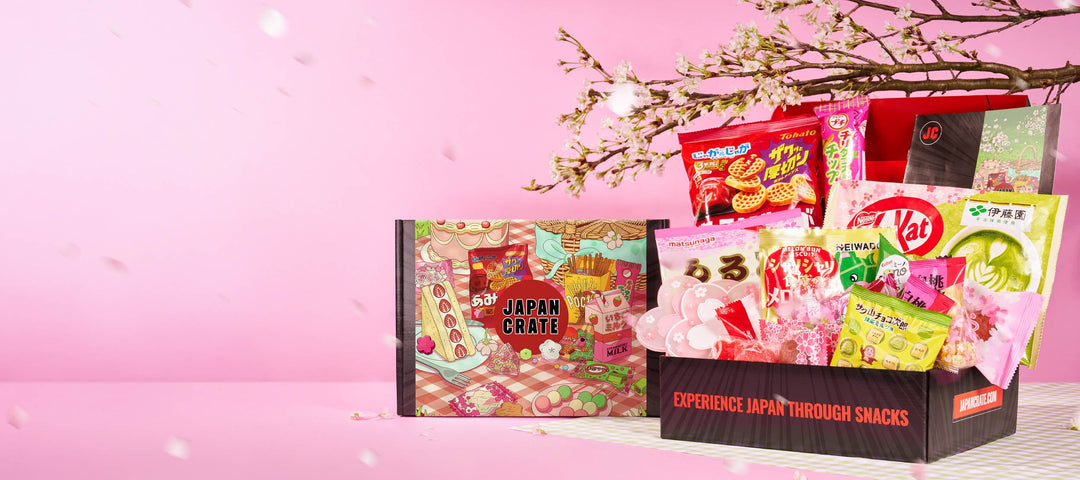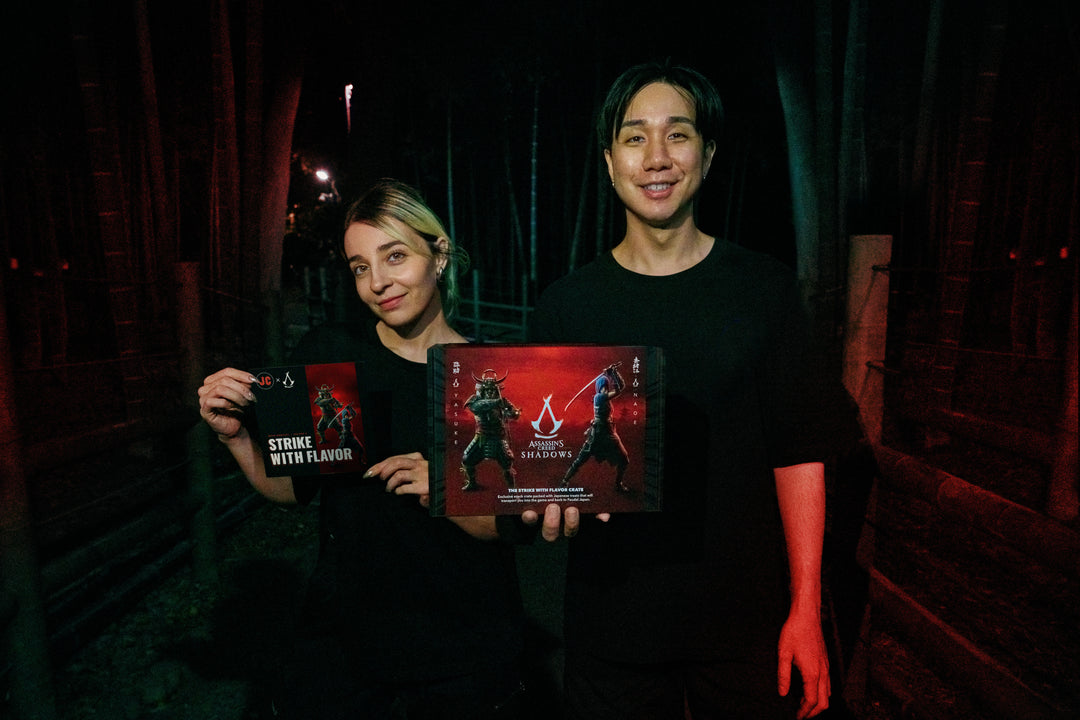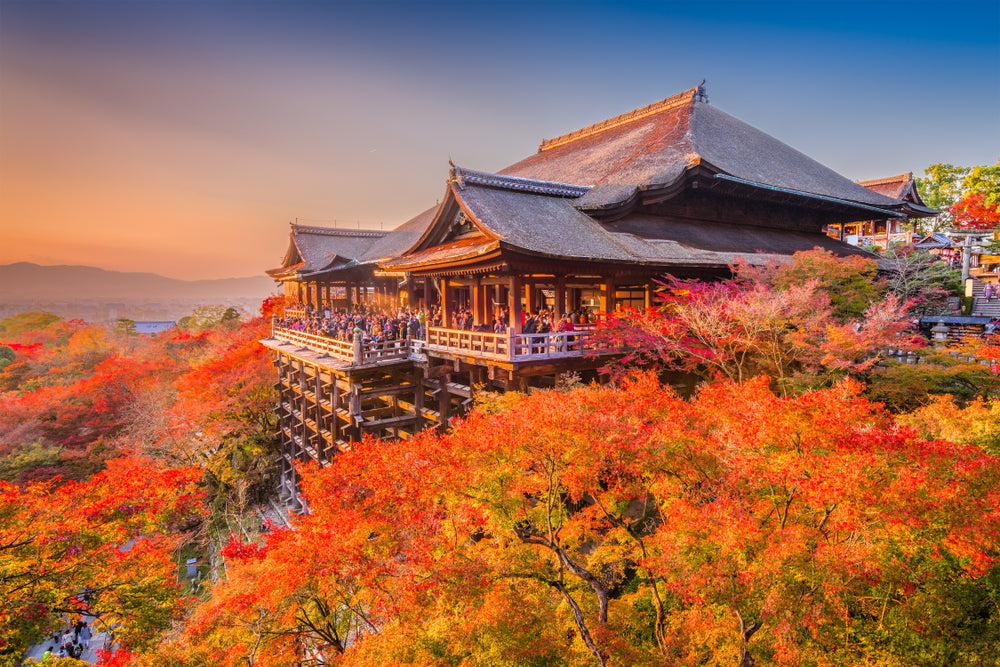Japanese Ramen vs. Korean Ramen

A big bowl of noodles swimming in a flavorful broth is a cozy dish for everyone. Knowing you can sit down and eat to your heart's delight in less than five minutes may be the best thing ever.
Japan and Korea have been showing off the tasty foods that make up the best Asian cuisine. Due to the close cultural ties between the two nations, frequent comparisons are made between Japanese cuisine and Korean cuisine, and their noodles are no different. Ramyun and Ramen are often seen as the same dish, but it is not. While some people might not be able to tell the two apart, some very important distinctions between them are worth mentioning, including their distinct origins, cooking methods, flavors, and accessibility. Continue reading to learn the difference between ramen noodles from ramyun korean noodles.
What are Japanese Ramen Noodles?

Japanese ramen consists of fresh traditional ramen noodles cooked in a hot broth and additional ingredients, including bean sprouts, seaweed, tonkatsu (pork), garlic, spring onions, and more. Shoyu, Miso, Shio, and Tonkotsu are the four essential tastes of ramen, and these are also the most popular ramen flavors. Depending on your preferences, you can order any of them at various ramen places.
Additionally, although fresh ramen has been around for a very long time before instant varieties were created, instant ramen types are widely available. Some people in the west may be more familiar with these. Both instant and fresh ramen have a savory and umami flavor. Moreover, specialized broths like tonkotsu are often created from scratch, carefully considering the ingredients and procedure.
Different Japanese Ramen
Shoyu Ramen

Shoyu ramen's history dates back to the early 20th century and is the longest of the widely consumed Japanese ramen flavors. Despite being produced using a broth based on shoyu, shoyu ramen has a very mild flavor that everyone can surely enjoy. Its popularity makes it simpler to locate ramen restaurants providing Shoyu ramen than other flavors!
Shio Ramen

Shio Ramen is ramen with a salt flavor that comes from Hokkaido. The broth based on chicken or pork bones gives the clear soup its simple flavor. Some places serve it with unusual additions like cooked clams and prawns. Additionally, shio ramen may appear reasonably healthy compared to other popular foods. However, you should know that it contains a significant amount of salt, especially in the soup.
Miso Ramen

A fermented soybean paste called miso is frequently used in traditional Japanese cuisine, and miso ramen is no exception. Miso ramen is a broth cooked with miso paste and other nutritious components like seaweed and tofu. With unique ingredients like butter and maize, which are recognized as local delicacies in Hokkaido, the thick flavor creates a completely new ramen experience. When the butter is melted into the thick soup, a subtle flavor is created that whets your hunger and makes you want more noodles!
Tonkotsu Ramen

Tonkotsu ramen first appeared in Fukuoka prefecture. Tonkotsu means "pork bones" in Japan, which makes it quite evident that broth is mainly made from pork bones. Carefully boiled pork bones make the white, creamy soup, which gives it a rich flavor. Thin curled noodles are frequently used because they absorb the rich soup easily. There are several Tonkotsu Ramen eateries spread throughout Japan. They provide exceptional services like "Kaedama," a term from a distinct culture that means to request more noodles so you may eat the soup twice.
What are Korean Ramen Noodles?

Ramyun or ramyeon mainly refers to Korean instant ramen noodles, which are based on traditional Japanese food. A whopping 80 to 90 packets of ramyun are consumed annually by the average individual in South Korea, making it one of their favorite comfort foods. It is available in various flavors and can be consumed plain or with additional toppings.
Korean ramyun was invented in the 1960s by Korean businessman Jung Yun Jeon. This ramyun is the most convenient way to feed soldiers in the Korean War. Additionally, Korean eat ramen or ramyun noodles with kimchi. Also, various vegetable toppings, including bean sprouts, mushrooms, green onions, and an egg or shrimp, can be used to make it. It is claimed to fit Koreans' taste buds due to its hot and spicy chicken stock broth. These ramyun instant noodles are Korean comfort food and are available in convenience stores or supermarkets.
Different Korean Instant Noodles
Kimchi Ramyun

Though several variations of kimchi exist, it originally refers to cabbage fermented with Korean red chile. In addition to being a preferred topping for ramyun, kimchi is a common ingredient in many Korean food. It is regarded as one of the world's healthiest foods in addition to being delicious. This Korean-style ramen with kimchi is the ideal comfort ramyun dish on a chilly day. This ramen dish contains sliced kimchi, giving the soup a distinctively sour, fermented flavor only found in kimchi.
Shin Ramyun

You probably heard about Nong shim if you're looking for a Korean ramyun. In Korea and probably everywhere else, it is the most widely consumed brand of ramyun. Among the high-quality components included in each box are meat, pepper, and dried vegetables like carrots, mushrooms, and green onion. Furthermore, the shin ramyun noodles are chewy and soft. You can only experience joy on your palate with spicy broth. These Korean ramyeon noodles will be ready in about five minutes.
Samyang Ramyun

Not every bowl of instant ramyeon or ramyun includes broth. You get to enjoy this Samyang instant version of dried noodles without the soup base. The noodles only need to be boiled, drained, and stir-fried after adding the seasoning packet. You'll adore the way the fried noodles are made at Samyang. They have a nice texture and are thicker than typical ramyun noodles. The chicken flavor is combined with a fiery, spicy, sweet, and curry flavor, and it's all over the noodles.
There are many good ramen variations of both the Japanese version and Korean version that will delight your taste buds, available in many ramen shops. Remember, Japanese ramen has a more subtle, umami flavor, while ramyeon is a type of curly noodle soup that is popular in Korea and is a lot spicier than its Japanese counterpart. Both ramen and ramyeon are both incredibly delicious. Check the Sugoi mart noodles collection and choose any flavor of Japanese ramen or Korean ramyun. Enjoy!
It's Japan Crate Time!
Japan Crate has the most delicious Japanese sweet and savory snacks you'll surely enjoy. Subscribe to a box of Japanese-limited goodies delivered to your home each month! Japan Crate will add spice to your life with the best Japanese treats. Just click the above link to sign up right now. Japan Crate will bring you the delicious taste of Japan in no time!
Author Bio







Leave a comment